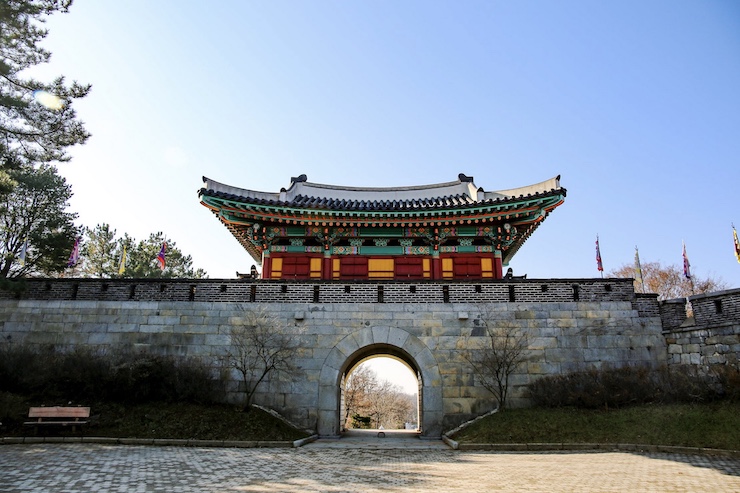
South Korea has joined the growing list of countries intent on developing a robust commercial drone program. The nation’s domestic drone market grew by more than seven times, from $56 million in 2016 to $398 million in 2020 – ranking it far behind China’s but still well ahead of Japan’s. Yet, many industry experts say that South Korea has the capacity to become the world’s leader in drone innovation and technology development.
Currently, nearly every sector of Korean industry is looking for ways to exploit drones to speed their operations, reduce their costs and earn higher profits. For example, Korean eCommerce companies like PABLO AIR are developing a fleet of unmanned UAVs to accelerate the pace of home deliveries. In late 2019, PABLO AIR successfully completed a long-distance drone delivery from Seogwipo Port on Jeju Island to Cheonjin Port on Wudo Island. A distance of roughly 40 miles, the trip took less than 2 hours.
But PABLO AIR isn’t just focused on one industry. The four-year old company is hoping to expand its business to industries such as entertainment and education. The same pattern is evident elsewhere: Small but dynamic Korea start-ups focused on software and hardware development seeking the broadest applications possible.
Most of South Korea’s drone technology development is occurring in a single geographic district known as Incheon, which is northwest of Seoul. It already has an aeronautics industry complex (16,000 square meters) with highly developed R&D facilities. More than 20 companies that develop technology and parts for drones are located in the area, and many more are beginning to follow suit. Incheon enjoys some of the best features for drone testing: a nearby seacoast, uninhabited land and concentrated high-rises. Moreover, real estate and office space are super-cheap, relative to Seoul, adding to the incentives for relocation.
South Korea’s commitment to leading-edge innovation is reflected in two of its most cutting-edge projects. One is the development of a “space” drone that can fly into the stratosphere and remain for a month or more, powered entirely by the sun. Korea began its solar-powered drone program back in 2010, but with a USD $32 million investment from the Korea Aerospace Research Institute has accelerated its development in recent years. In early 2021, its new model completed a 53-hour round-trip flight, which included 16 hours in the stratosphere.
Another project currently being fast-tracked is the development of a passenger vehicle drone. Last November, South Korea tested an air traffic control system for drone taxis. An electric two-seater air taxi flew a short loop around Seoul’s Gimpo Airport, while new technologies were used to successfully integrate it into the airport’s existing traffic management system. As with the space drone, Korea wants to have its passenger vehicle system fully operational by 2025. No other country in the world, including China and the United States, has innovative programs of this kind so close to commercial fruition.
An electric two-seater air taxi flew a short loop around Seoul’s Gimpo Airport, while new technologies were used to successfully integrate it into the airport’s existing traffic management system. South Korea has also recently stepped up efforts to nurture its broader unmanned aerial vehicle industry, with plans to commercialize flying drone taxis by 2025.
|